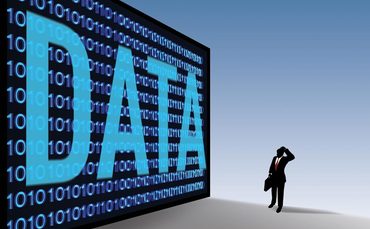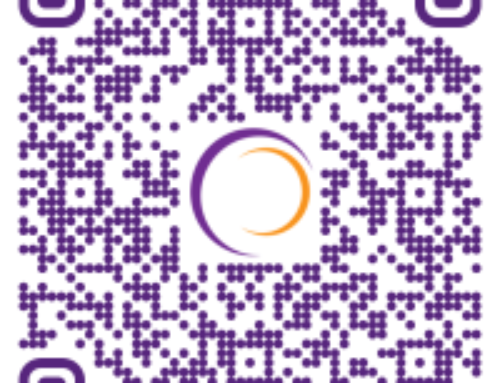With the advent of the internet of things, wearable devices, and a pervasive need for more information the world generates over 2.5 quintillion (that’s 2.5 followed by 29 zeroes) Bytes of data every day. Surprisingly, only 0.5% of that information is never used. While Modus Direct doesn’t analyze quite that much data, we receive a lot! Despite our technology and elite analytics background, with every new client brings new challenges that Modus Direct tackles every day. Are we receiving, collecting and generating this information in a straight and accurate fashion? Are we utilizing this data in the most efficient and germane method?
Data is said to be pure, unbiased, and truthful. It is factual. Yet, taking it at face value with no monitoring can be at best naïve and at worst disingenuous. The methods and hardware that are used to generate and analyze data may be flawed in their application leading to errors and wrong conclusions. To avoid this the first steps before any campaign is to plan, implement, and continually test data generating systems in order to make sure that the information is unbiased and error free.
Design what and how information is going to be gathered or created that will be relevant to the task at hand. Be cognizant of what will be needed in the future based upon business or client needs. It may seem like you to want to collect everything, but that can be impractical in size and require prohibitively expensive assets. It also leads to time wasted on parsing large, unneeded datasets when a smaller, applicable collection would have served.
Once setup, testing is key. Computers are a wonderful tool, but it takes a human touch to see patterns in information that could be signs of problems. If the data looks too good to be true, then it probably is (and vice-versa). Quality control is vital and an ongoing process during data collection that ensures reality is being recorded.
Now that we have good data it’s time to parse it and analyze it to inform the client of results or make internal business decisions. It’s easy to feed data into excel, make a bunch of graphs, and send off a canned report. At Modus we really dig deep into the information to see what insights can be gleaned and utilized. For clients that can often mean not only reporting results, but seeing what areas they can focus and grow their business and translating that into actionable decisions. Internally, Modus uses information to maximize optimizations on campaigns, giving the best bang for your buck.
It’s these data collecting, handling, and analysis processes that separates good information from the bad. It can be the difference between success and failure.


